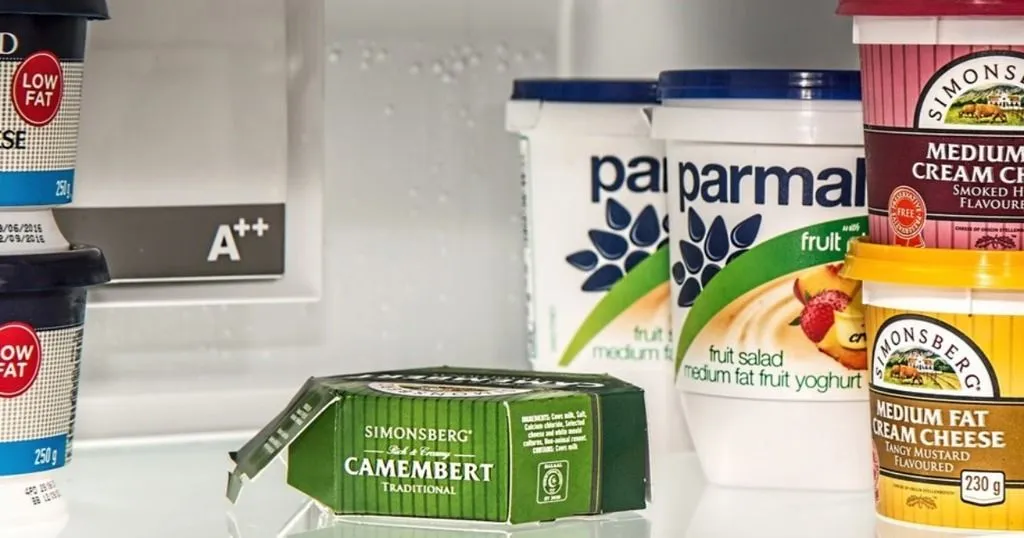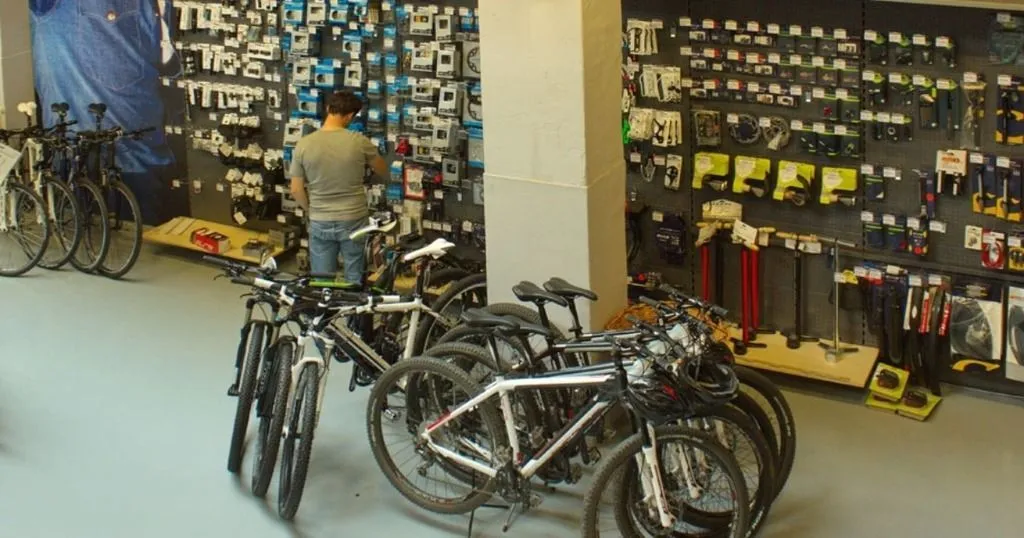How to study consumer behavior in a kitchen

Masson and colleagues from Université Paris-Saclay, France, designed a test kitchen to investigate food storage processes. According to them, the use of video cameras was of great value for analyzing behaviors.
Posted by
Published on
Tue 10 Apr. 2018
Topics
| Coding Behavior | Consumer Behavior | Eating Behavior | Food | The Observer XT |
Testing consumer behavior in a natural environment can give great insight into behavioral patterns. How do consumers use a product? For example, what do they use to cook dinner?
Masson and colleagues from Université Paris-Saclay, France, designed a test kitchen including four dome cameras and one portable GoPro camera to investigate food storage processes. According to them, the use of video cameras was of great value for analyzing behaviors.
Marine Masson and colleagues revealed that consumers do not consider the nature of the food in the organization of the refrigerator, and this blog post delves into how this was studied. Worldwide, various organizations are working on the question of why food might go to waste.
Recommendations for fresh food storage
Food storage practices can be studied by direct observation. First, the researchers evaluated if the recommendations of the French Agriculture and Food Department were known and followed. The recommendations issued by the French Agriculture and Food Department about fresh food storage were thus taken as main behavioral points that should be analyzed:
#1 The set point of temperature of the refrigerator is 4˚C
#2 One must wash hands before storing food
#3 The food packaging must be removed before storing food
#4 The refrigerated food must be stored first
#5 The refrigerator must not stay open for a long time
#6 The food must be stored according to its nature and the gradient of temperature in the refrigerator
Kitchen lab
The researchers then equipped the test kitchen with a refrigerator with two shelves at 0-4˚C, two shelves at 4-6 ˚C, and one drawer for fruits and vegetables. In total, the door had three shelves.
To ensure that they could follow the process of consumer food storage, they invited participants to the lab and asked them to ‘buy’ items from a shopping list. The items from the list were then delivered to them for storage.
Consumers / shopper identity
All participants were from families with at least one child. In addition, participants had to be responsible for the grocery shopping and food storage in their household. In total, 20 volunteers took part in this study. The researchers concluded that the participants behaved quite spontaneously, although they were in principle aware of the cameras in the lab because they had given written permission to allow filming.
Video coding
The results of the study reveal a wide diversity of behaviors when storing food in the refrigerator. All video material was coded in The Observer XT to get these insights. The researchers defined zones in the kitchen, including a zone for the refrigerator itself. They were thus able to analyze which food went where, and how long it took to place the food items into the refrigerator. They also coded if the bag and/or packaging was removed from the items, and they noted in the software whether someone washed their hands or not. This delivered great insight into behavioral patterns related to the recommendations.
#2 - Nobody washed their hands before storing food (as is recommendation number 2 of the French Agriculture and Food Department).
#4 - There were also people storing the refrigerated food items immediately after receiving them. However, others placed everything on the kitchen counter to first look over all the delivered items (see recommendation #4).
#6 - The main safety issues concern meats, ready-to-eat salads, and ready-made dough because they are sensitive to contamination with pathogens, which is a bacterium, virus, or other microorganism that can cause disease. These items should be stored at the appropriate place in the refrigerator.
In general, it was found that the recommendations of the French Agriculture and Food Department were clearly not observed or even known.
Reflecting on the method of choice
The use of a coding software is quite intuitive and allows for faster coding, but it still required a lot of work according to Masson and the team. However, it did provide them with the insights that they were after. This paper described the approach of filming consumers in a controlled yet naturalistic environment.
Interested in human behavior research? Read more on 'How to study human behavior', or 'Understanding consumer buying behavior'!
Reference
Masson, M.; Delarue, J.; Blumenthal, D. (2017). An observational study of refrigerator food storage by consumers in controlled conditions. Food Quality & Preference, 56 (B), 294-300.
Related Posts

Creating a custom expression for Engagement: A validation study with FaceReader

What are you doing in that shop?

